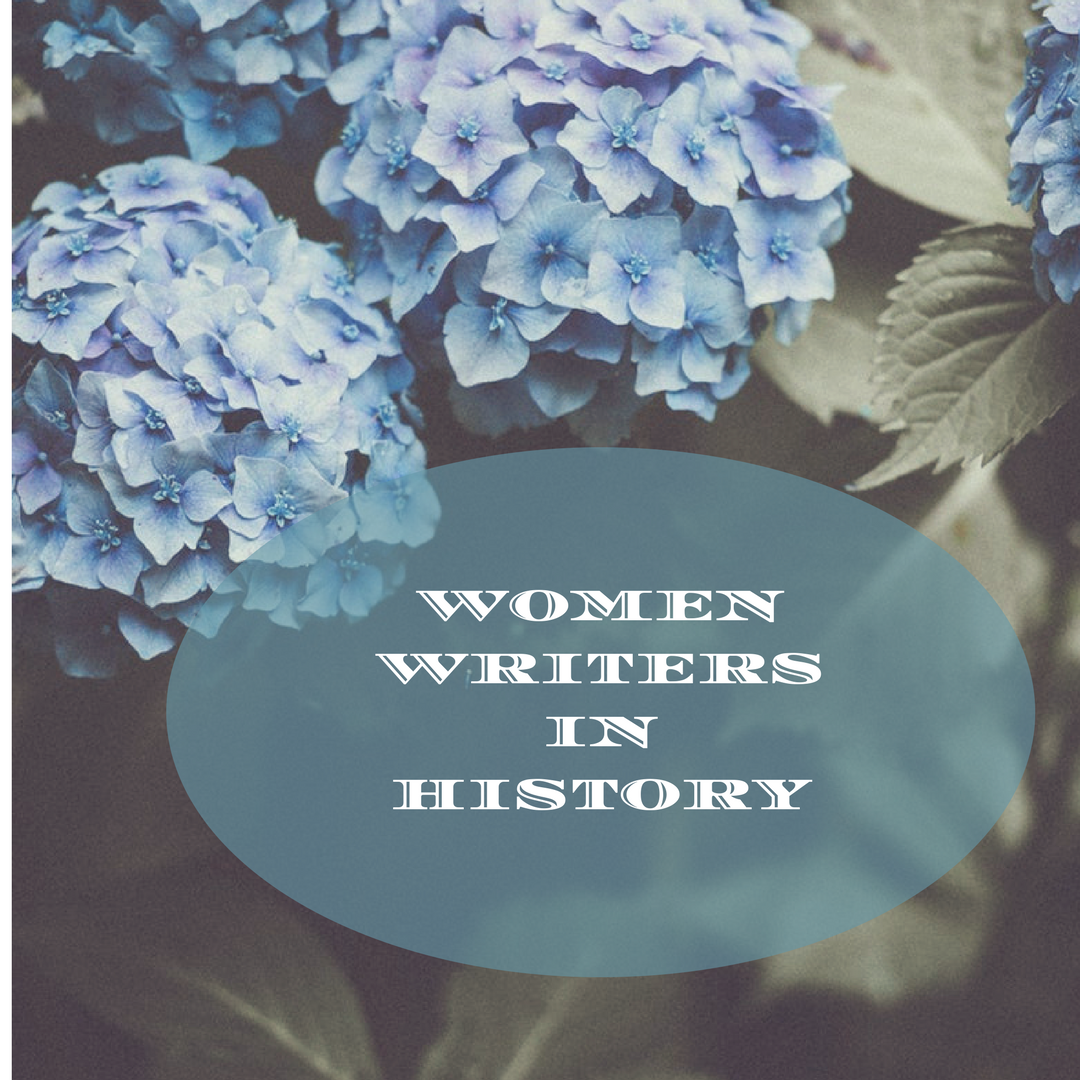
Your Goldilocks Moment
Whether you are writing your first mystery/thriller or have become a seasoned veteran, one thing remains true. Writing in…
November 17, 2021
Whether you are writing your first mystery/thriller or have become a seasoned veteran, one thing remains true. Writing in…
November 17, 2021
Outside of studying the necessary and ever-increasing number of how-to books on writing, character building, plotting, showing and telling,…
December 17, 2020
“I write fiction. Is research really necessary?” “… a novelist has nearly the same obligation for accuracy as a…
January 17, 2020
Should I worry about trends? Do I write what I want and hope it sells? Is the mystery, suspense,…
October 17, 2019
What’s the secret to creating a book worthy of catching an agent’s eye? Worthy of turning an acquisition editor’s…
August 17, 2019
What are the trademarks of a villain? Do they have dark, piercing eyes, a snarly grin, crooked-yellowed teeth, knobby…
February 17, 2019
Have you ridden a roller coaster and felt the exhilaration or fear of being tossed about while your feet…
January 17, 2019
Tension is the unresolved conflict in a story that keeps a reader turning pages. All scenes need tension, from…
December 17, 2018
I’ve decked the halls at the Ross Ranch with all manner of Christmas splendors, adorning trees and every random…
December 2, 2018
Did you know there are conferences throughout the country that focus on the mystery / suspense / thriller genre?…
July 31, 2018
Are you writing a mystery or a thriller? Do you know how to tell the difference between suspense, thriller…
May 31, 2018
Welcome, Ace. Can you share a little about your recent book – The Cat’s Eye came out in August…
September 1, 2017